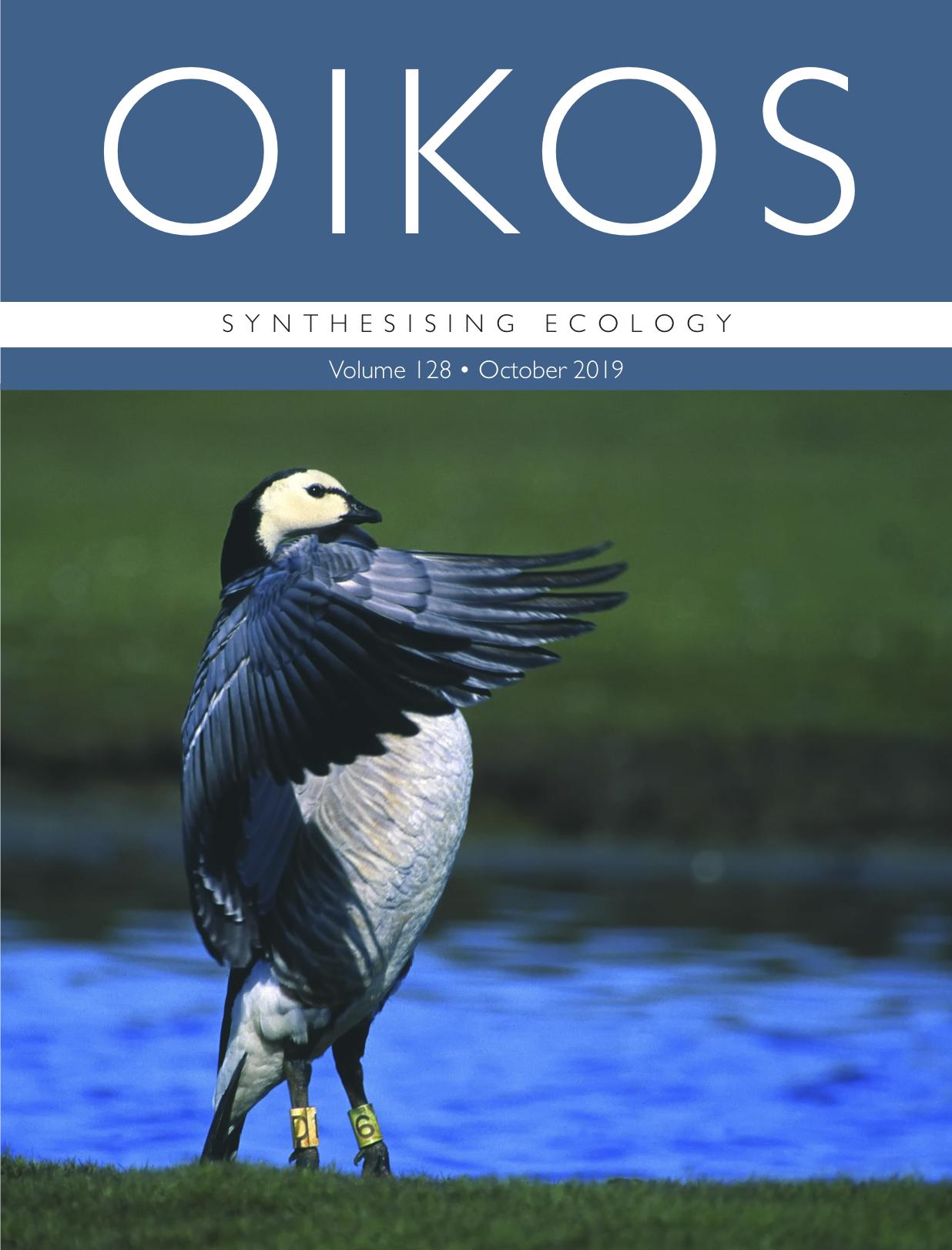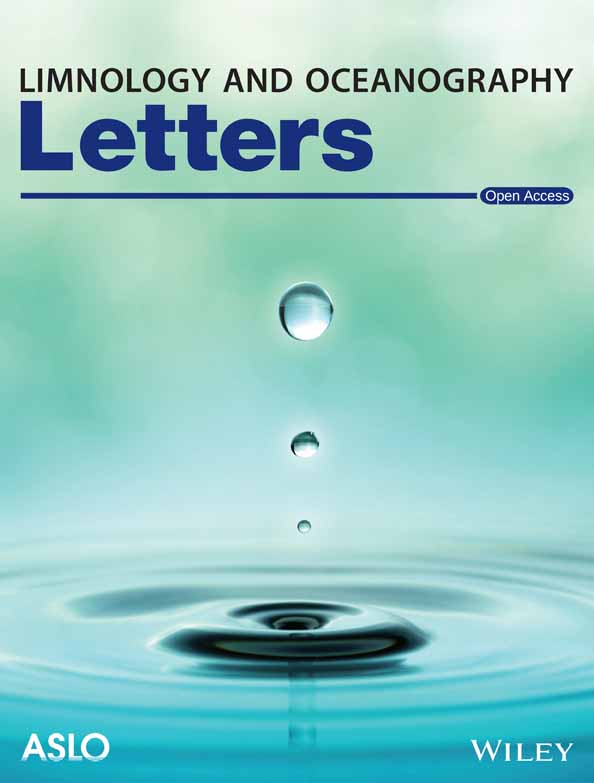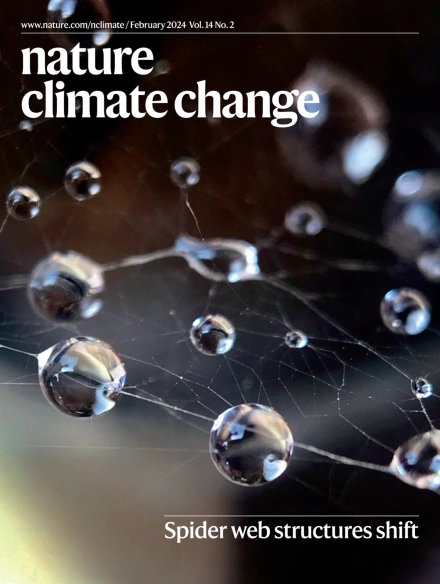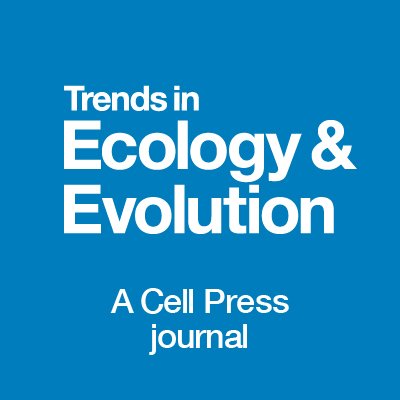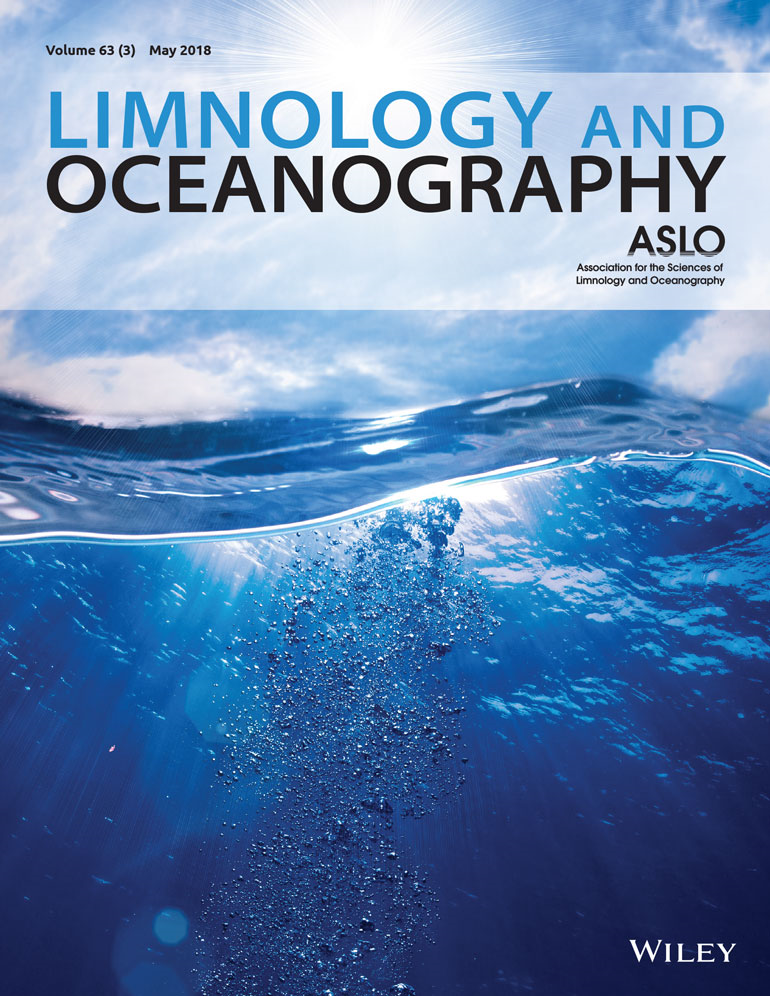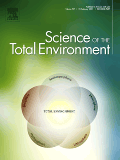- Topic:Environmental change
Addressing grand ecological challenges in aquatic ecosystems: how can mesocosms be used to advance solutions?
Marine and freshwater researchers using mesocosms synthesise their recommendations on opportunities and limitations for advancing solutions to grand ecological challenges in aquatic ecosystems. They focus on the unexplored potential for using mesocosms to test solutions to human impacts on aquatic ecosystems. This will need novel collaborations between ecologists and technological developers.
Tried and true vs. shiny and new: Method switching in long-term aquatic datasets
There is a shortage of discourse regarding the best practices in switching methods for long-term data collection in aquatic ecosystems. In this paper, factors that contribute to the successes and failures of method switches are discussed. The authors present three case studies that demonstrate successful method switching and then outline best practices for maintaining data integrity.
Looking beyond Popper: how philosophy can be relevant to ecology
Temperatures and hypolimnetic oxygen in German lakes: Observations, future trends and adaptation potential
A study of oxygen and temperature trends in 46 German lakes showed that temperatures have risen mainly at the surface, but not in the deep water. This led to increased stratification and lower oxygen concentrations. Scenarios showed that these effects of climate change on oxygen content could be compensated by reducing nutrients.
Flexible foraging behaviour increases predator vulnerability to climate change
Based on a combination of (historical) empirical data and model simulations the authors investigated how size-selective adaptive behaviour under warmer conditions in demersal marine fishes might affect their long-term population stability. Under warmer conditions the fish species studied tend to consume less efficiently by choosing smaller and more abundant prey increasing their extinction risk.

Worldwide moderate-resolution mapping of lake surface chl-a reveals variable responses to global change (1997–2020)
Whether a lake appears blue or green is also related to its chlorophyll-a content. Researchers led by IGB used satellite data to draw conclusions about the concentrations of the green pigment produced by algae.
Towards critical white ice conditions in lakes under global warming
The quality of lake ice is of paramount importance for ice safety and lake ecology under ice. In 2020/2021, the researchers conducted a coordinated sampling campaign of lake ice quality during one of the warmest winters since 1880. They showed that lake ice during this period generally consisted of unstable white ice, which at times accounted for up to 100 percent of the total ice thickness.
The era of reference genomes in conservation genomics
The European Reference Genome Atlas (ERGA) is a pan-European scientific response to the current threats to biodiversity that aims to generate reference genomes of eukaryotic species across the tree of life. ERGA reference genomes will include threatened, endemic, and keystone species, as well as pests and species important to agriculture, fisheries, and ecosystem function.
Antecedent lake conditions shape resistance and resilience of a shallow lake ecosystem following extreme wind storms
The goal was to develop a systematic, standardized and quantitative methodology for the synthesis of resistance and resilience relative to short-term lake and extreme storm conditions. Resistance and resilience following extreme storms are primarily shaped by antecedent turbidity and thermal conditions. Increased storm intensity and duration diminish resistance and resilience of the lake.
Cross-continental importance of CH4 emissions from dry inland-waters
Despite significant progress in quantifying greenhouse gas emissions from dry inland waters, little is known about methane (CH4). The authors determined CH4 emissions from dry sediments across continents and found that the CH4 contribution ranged from 10 to 21% of the equivalent CO2 emissions. Therefore, CH4 emissions from dry inland waters should be considered for the global carbon cycle.


